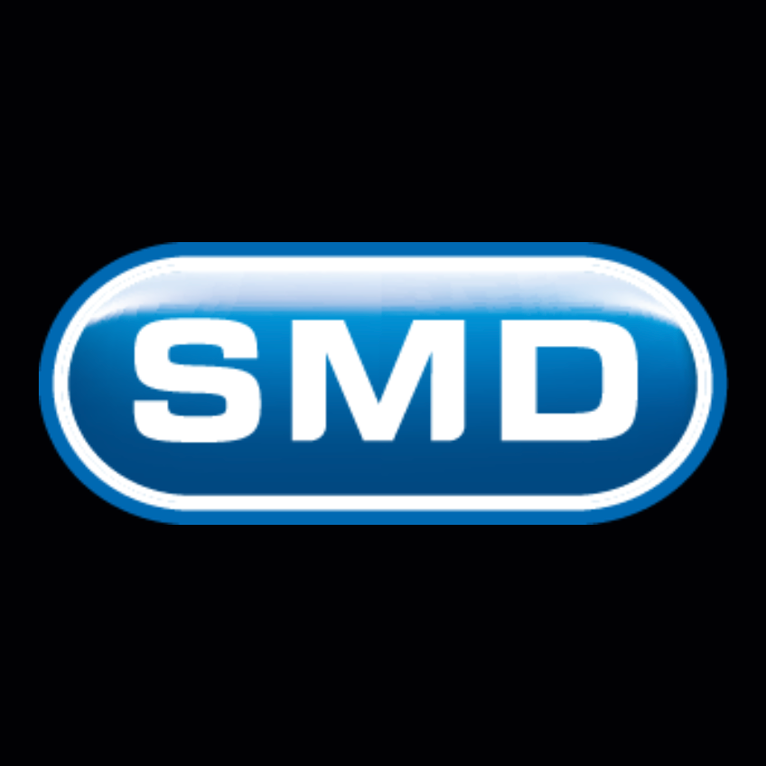At SMD, our commitment to innovation and excellence in subsea engineering drives us to continuously push the boundaries of what is possible. We are excited to share the results of our latest development in nodule transportation technology, which continues to drive forward what we believe will be a leading solution for subsea mineral collection.
With over fifty years of experience in providing bespoke remotely operated underwater equipment, SMD has an unrivalled history in the global subsea industry. We are committed to developing submerged solutions that facilitate sustainable and economically viable mineral extraction and collection operations, whilst minimising impact on the subsea environment.
Introducing Our High-Efficiency Eductor Design
Our newly developed high-efficiency eductor design has provided exceptional results during the recent stage two (transport), testing programme. This innovative system is capable of transporting nodules with unprecedented levels of efficiency, by minimising power consumption and maximising transport capacity, to address some of the significant challenges in subsea mineral collection.
The full-scale single eductor system test was effective at transporting an equivalent nodule throughput of up to 13kg/second (notably, this was the maximum level tested). Assuming a SMD QC2000 vehicle requires at least 12 eductors, then the equivalent productivity is 562 tonnes per hour. The testing confirmed that even at a lower power than our modelling suggested, the technology is more than capable of meeting typical commercial requirements of 300-600 tonnes per hour (estimated equivalent of 1.5-3 million tonnes per annum).
Key Achievements:
Outstanding Collection Efficiency: Our tests demonstrated that the new eductor design achieved a remarkable 98% and above collection efficiency, at the minimum power operating point.
Minimal Power Requirements: The system operates with an exceptionally low power demand – making more power available to the rest of the vehicle for ancillary functions, enabling the optimised performance of the entire system alongside reduced operational costs.
Versatile and Reliable: The eductor can transport a wide range of nodule sizes (test range – 14mm to 90mm) at high abundance levels without blockages, demonstrating its robustness and reliability for smooth operations and minimal downtime.
High Productivity: The system successfully handled extreme levels of throughput, with tests showing the efficient transportation of economically viable levels of productivity.
Innovative Testing and Design Optimisation
Principal Engineer Ian Maskell has led this development project: “The journey to this breakthrough involved extensive research and development, as well as a rigorous full-scale testing programme”. Our Innovation Team initially conducted a comprehensive analysis of various eductor designs, focusing on optimising the system to achieve maximum efficiency. “By scrutinizing every aspect of the design, from the motive fluid nozzle to the diffuser, we have created a system that sets new standards for nodule transportation”.
“This new eductor design not only meets but exceeds our expectations in terms of efficiency and capability. Our rigorous testing process has proven its potential to revolutionize the way we approach nodule transportation, making it more cost-effective and environmentally sympathetic.”
Collector Pickup Trials
This development follows our intensive stage one (pick-up), testing programme, which demonstrated the efficiency of our patent-pending technology in May last year. Test results from these trials recorded no less than 97% pick-up collection efficiency, alongside what we confidently believe to be minimal seabed disturbance, relative to other existing technologies.
Why This Matters
For our peers and stakeholders, this development represents a significant advancement in subsea mineral collection technology. The ability to transport nodules more efficiently and with lower power consumption means reduced operational costs and a smaller environmental footprint. This breakthrough aligns with our commitment to sustainability and our goal of providing innovative solutions that drive progress for the green transition towards an ecologically sustainable economy.
Looking Ahead
As we continue to refine and optimise our technologies, we remain dedicated to sharing our progress with our partners and the wider subsea mineral collection community. We believe that collaboration and transparency are key to advancing our collective goals and overcoming the challenges faced by our industry.
Having now rigorously tested discreet elements of the nodule collection system, the next phase in our development is to combine these individually tested elements to prove the full collection system.
Thank you for your continued support and interest in our work. Together, we are shaping the future of subsea engineering.
For more details on our latest developments and to stay updated on our progress, please visit our website or contact Ian Maskell.



